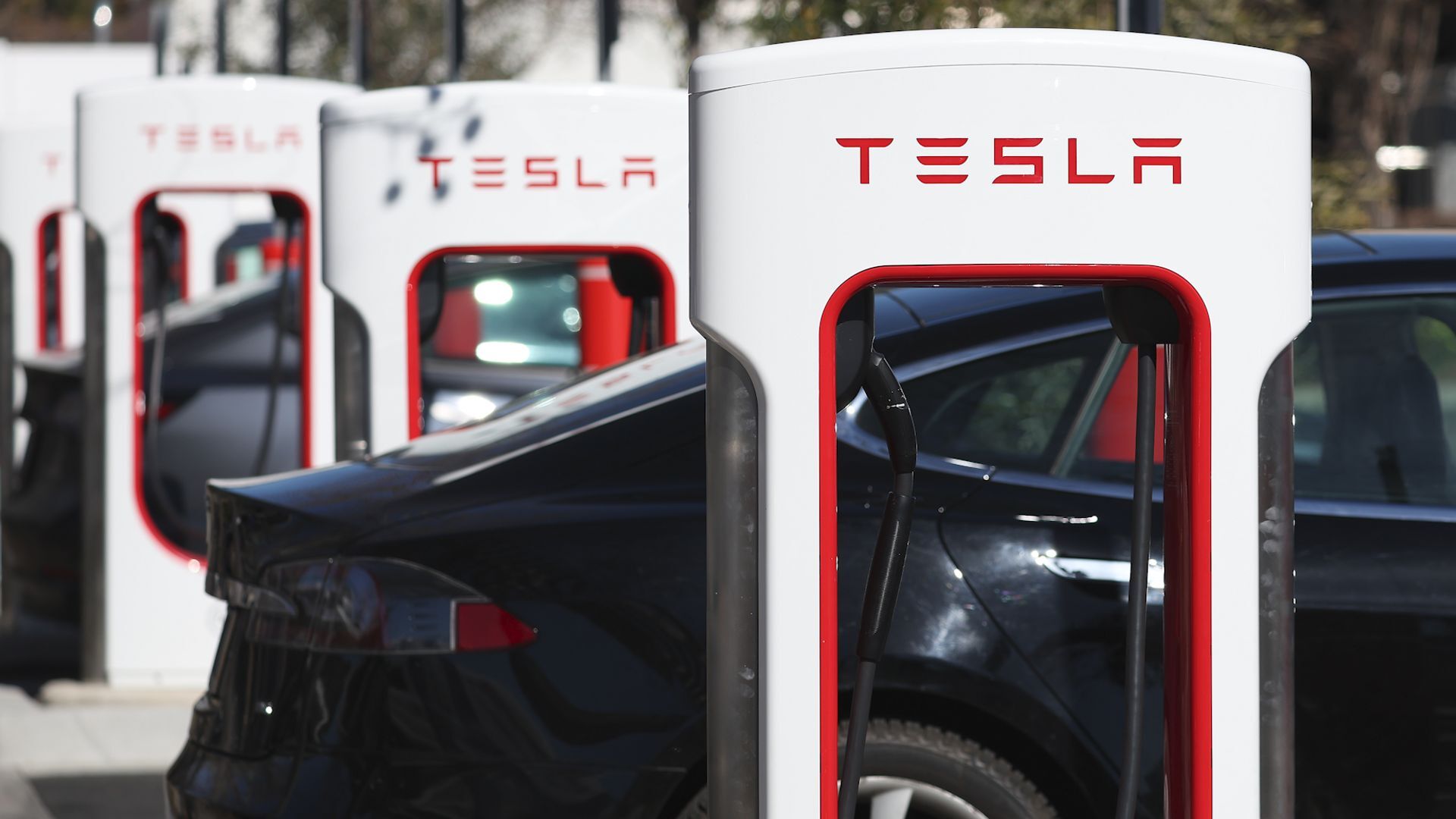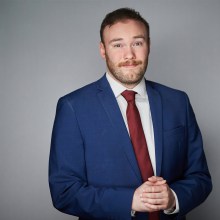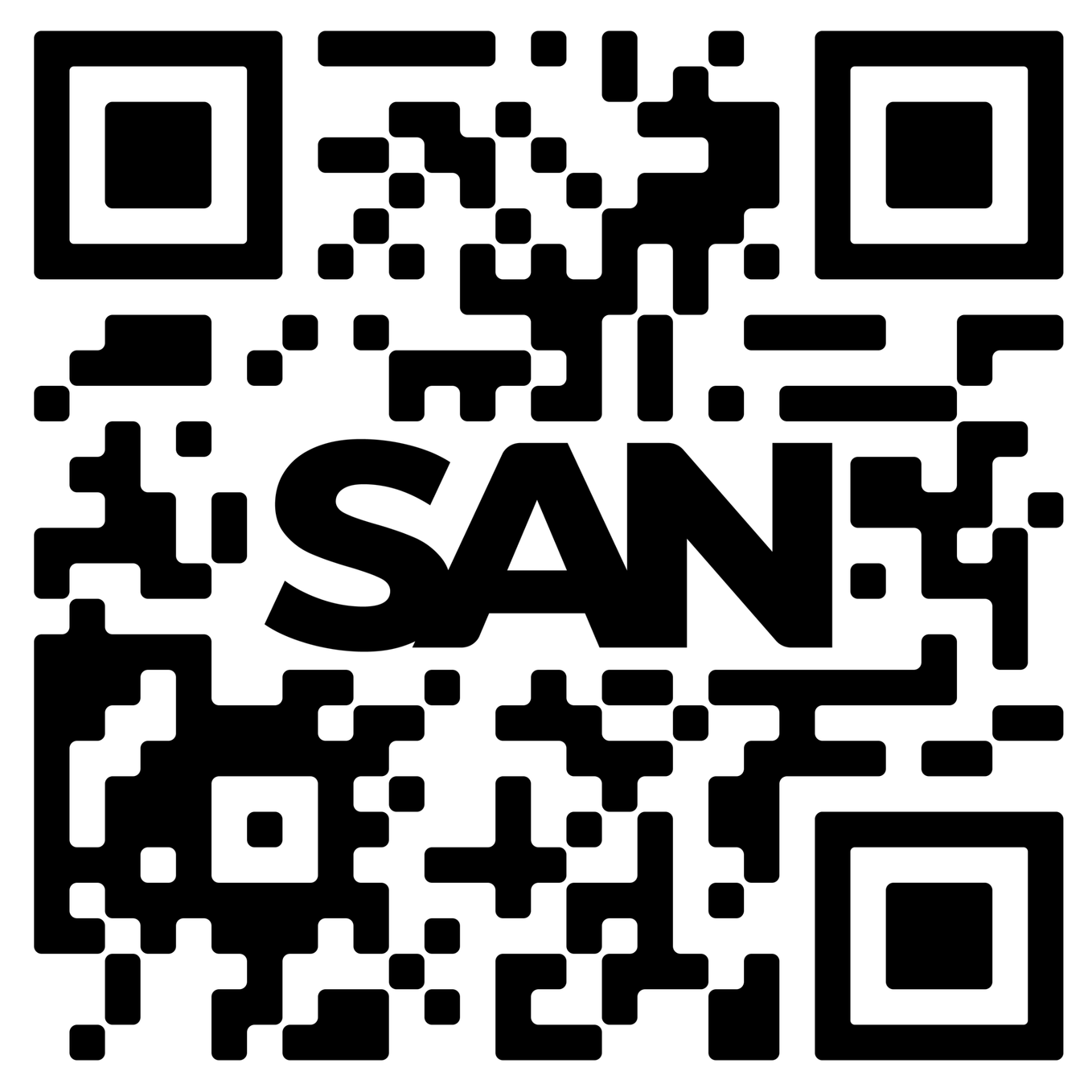
Tesla may have made EV charging harder, even for other car brands
Media Landscape
See who else is reporting on this story and which side of the political spectrum they lean. To read other sources, click on the plus signs below.
Learn more about this dataLeft 44%
Center 45%
Right 11%
[JACK AYLMER]
PUMPING THE BRAKES ON SUPERCHARGERS.
A RECENT MOVE BY TESLA COULD MAKE REFILLING YOUR E-V BATTERY A WHOLE LOT HARDER – EVEN IF YOU DON’T OWN A TESLA.
HERE’S WHAT’S HAPPENING:
JUST WEEKS AFTER CUTTING 10 PERCENT OF ITS GLOBAL WORKFORCE, THE AUTOMAKER JUST ANNOUNCED ANOTHER ROUND OF LAYOFFS.
THIS TIME, PARTING WAYS WITH ALMOST THE ENTIRE TEAM RESPONSIBLE FOR SUPERCHARGERS .
THE TECHNOLOGY THEY HAD BEEN WORKING ON HAS PROVEN FAR SUPERIOR TO OTHER CHARGING STATIONS.
IT’S ONE REASON THE FEDERAL GOVERNMENT AWARDED OVER A TENTH OF ITS CHARGING GRANTS TO TESLA, TOTALING MORE THAN 17 MILLION DOLLARS.
WHILE MOST PUBLIC EV CHARGERS TAKE 3 TO 8 HOURS TO POWER UP A CAR, A TESLA SUPERCHARGER CAN DO IT IN JUST AN HOUR.
AND THEY HAVE MORE OF THESE FAST CHARGERS AVAILABLE IN THE U.S. THAN ALL OTHER PROVIDERS COMBINED.
THAT’S WHY A NUMBER OF OTHER AUTOMAKERS HAVE BEEN LINING UP TO USE THEM.
MORE THAN 20 DIFFERENT CAR BRANDS HAVE SAID THEY WILL MAKE THEIR VEHICLES COMPATIBLE WITH TESLA SUPERCHARGERS OVER THE NEXT TWO YEARS .
SO, WHAT HAPPENS TO THOSE PLANS NOW THAT THE TEAM FACILITATING THEM IS ESSENTIALLY GONE?
WELL, ACCORDING TO CEO ELON MUSK, HIS COMPANY STILL AIMS TO GROW THEIR SUPERCHARGER NETWORK-
JUST AT A SLOWER PACE.
TESLA WILL FOCUS MORE ON EXPANDING AND IMPROVING THE RELIABILITY OF THEIR EXISTING CHARGER LOCATIONS.
BUT, THE OTHER AUTOMAKERS WHO WERE PREPARING TO GIVE THEIR CUSTOMERS ACCESS TO TESLA’S TECH HAVE EXPRESSED CONCERNS.
EXECUTIVES AT RIVIAN WERE REPORTEDLY CONFUSED BY THE NEWS.
WHICH CAME JUST AS THEY’RE STARTING TO SHIP OUT SUPERCHARGER CONNECTORS TO THOUSANDS OF CUSTOMERS.
MEANWHILE, FORD, WHICH HAS BEEN DOING THE SAME, TOLD ITS EV OWNERS CONNECTOR DELIVERIES MAY BE DELAYED DUE TO “CONSTRAINTS” WITH THE SUPPLIER.
IT REMAINS TO BE SEEN HOW OTHER IMPACTED CAR BRANDS WILL RESPOND.
SO STAY UP TO DATE WITH DEVELOPMENTS ON THIS STORY BY DOWNLOADING OUR STRAIGHT ARROW NEWS APP. WHEN YOU DO – YOU CAN SIGN UP FOR ALERTS FROM ME, JACK AYLMER, SO I CAN KEEP YOU PLUGGED IN.





